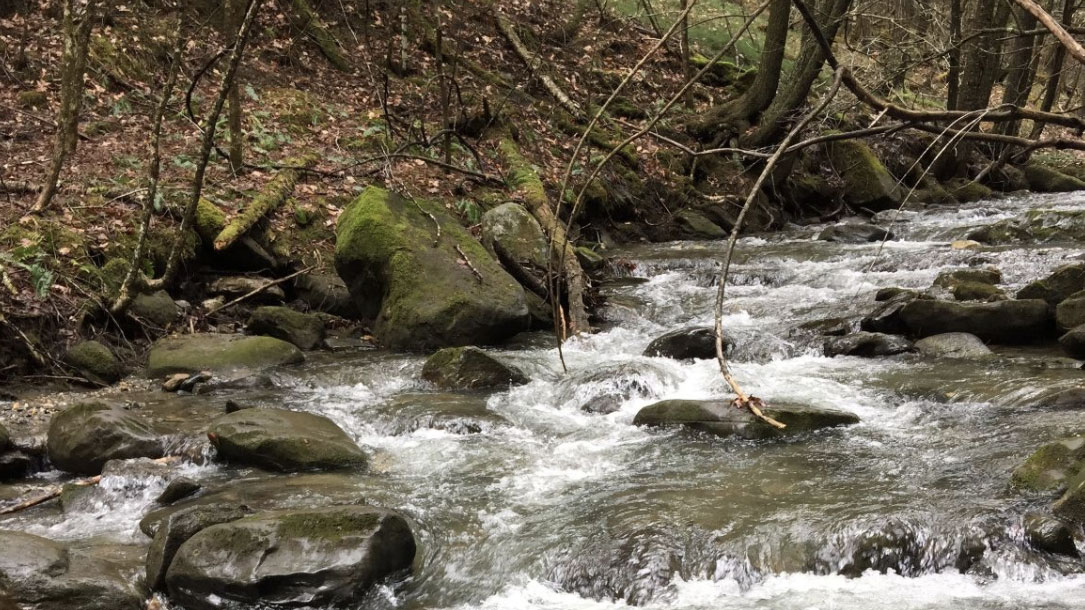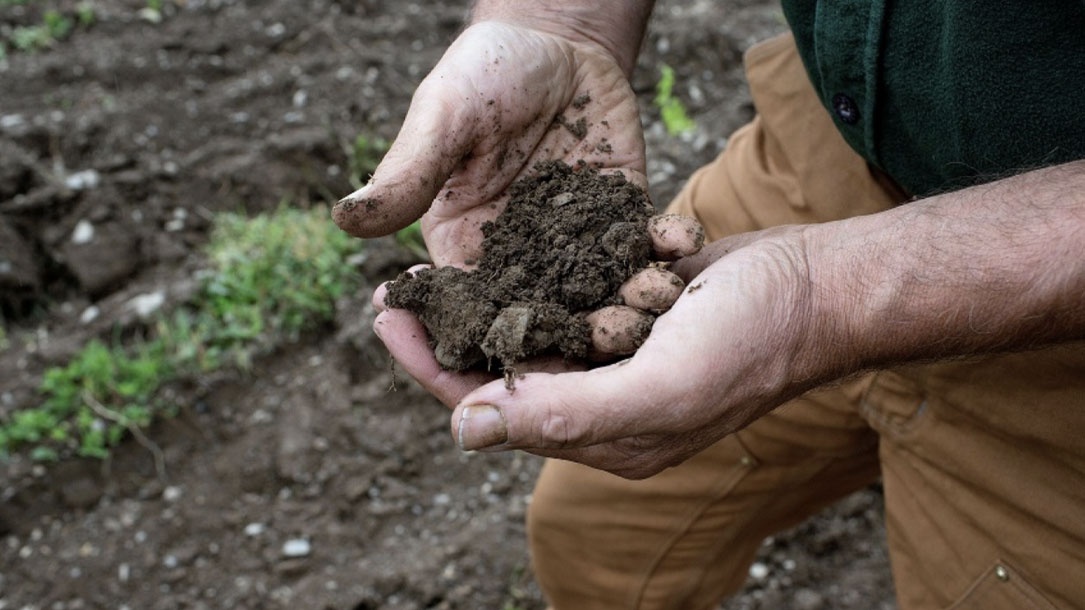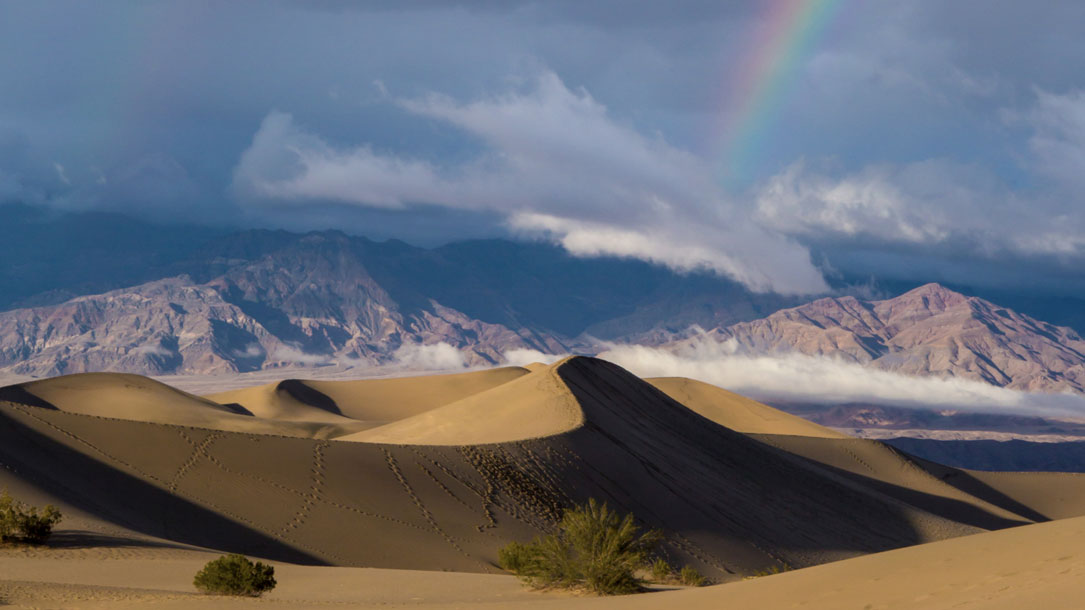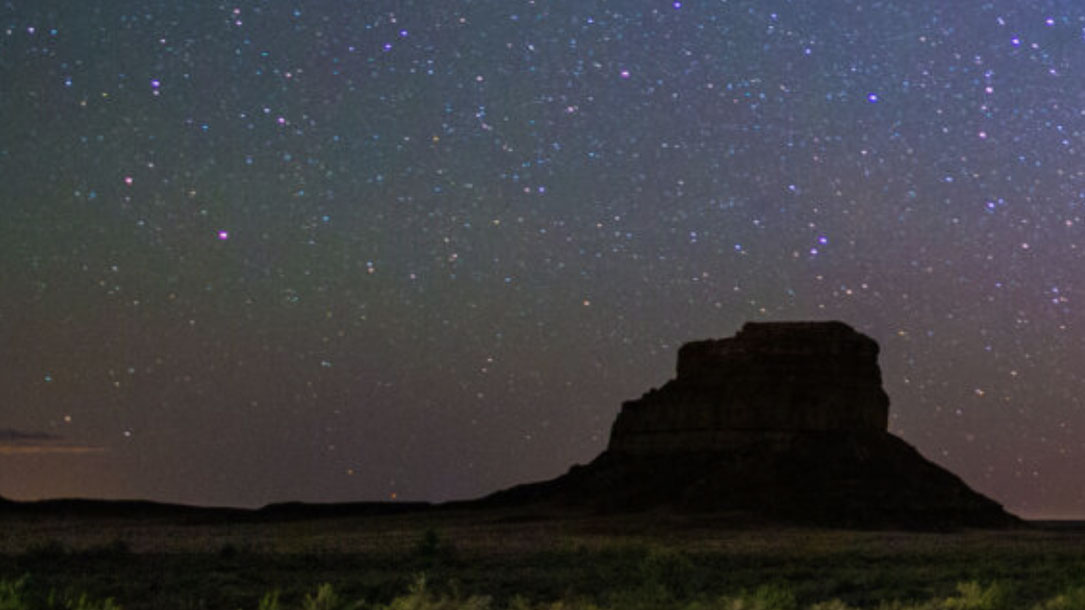
URI students assess effects of beaver ponds on the environment
When beavers dam a stream, they create wetlands that provide important habitat but may also generate methane gas, one of the greenhouse gases responsible for climate change. To examine the affect these ponds have on the environment, two students have spent their summer at the University of Rhode Island conducting experiments and analyzing data.

Using remote sensing to assess the impact of beaver damming on riparian evapotranspiration in an arid landscape
Beaver pools allow sediments and waterborne pollutants such as nitrogen and heavy metals to filter downward, preventing their transport downstream. A 2015 study from the University of Rhode Island found that beaver ponds can help remove up to 45 percent of nitrogen from streams. Researchers in Maryland are now enlisting beavers to reduce pollutants entering the Chesapeake Bay.
The research indicates that riparian areas with beaver damming in arid landscapes are better able to maintain vegetation productivity than areas without beaver damming during both short and extended periods of drought…

Connecticut Physical Climate Science Assessment Report
Beyond the coastline, rising heat levels will greatly disrupt farming, Yohe said. Droughts have become more prominent along the East Coast, which affect Connecticut crops. Warming will also decrease water availability during the summer due to increased evaporation from soils and transpiration from plants, according to a 2019 Connecticut Climate Assessment. Potential water deficits during summer droughts are projected to become more severe throughout the century, the report says.

Fading winters, hotter summers make the northeast America’s fastest warming region
Beyond the coastline, rising heat levels will greatly disrupt farming, Yohe said. Droughts have become more prominent along the East Coast, which affect Connecticut crops. Warming will also decrease water availability during the summer due to increased evaporation from soils and transpiration from plants, according to a 2019 Connecticut Climate Assessment. Potential water deficits during summer droughts are projected to become more severe throughout the century, the report says.
Connecticut is one of the fastest warming states, in the fastest warming region, in the contiguous United States. An analysis last year by The Washington Post found that neighboring Rhode Island was the first state among the lower 48 whose average annual temperature had warmed more than 2 degrees Celsius since 1895. New Jersey was second, the Post found, followed by Connecticut, Maine, and Massachusetts…
[The] summer climate in Connecticut by the end of the century will be the same as it is in present-day South Carolina. Temperatures in Hartford would exceed 100 degrees Fahrenheit for 28 days a year…

Wildfires and climate change push low-elevation forests across a critical climate threshold for tree regeneration
“At dry sites across our study region, seasonal to annual climate conditions over the past 20 years have crossed these thresholds, such that conditions have become increasingly unsuitable for regeneration. High fire severity and low seed availability further reduced the probability of postfire regeneration.
Together, our results demonstrate that climate change combined with high severity fire is leading to increasingly fewer opportunities for seedlings to establish after wildfires and may lead to ecosystem transitions in low-elevation ponderosa pine and Douglas-fir forests across the western United States…”

Natural climate solutions could cancel out a fifth of U.S. emissions, study finds
Conserving and restoring American forest, farm and natural lands could cut a substantial chunk of the country’s emissions, helping meet greenhouse gas reduction goals without relying on undeveloped technologies, a new report finds.
A team of 38 researchers spent more than two years looking at “natural climate solutions”—a range of strategies that includes planting trees in cities, preventing the conversion of natural grassland to farmland and shifting to fertilizers that produce less greenhouse gas emissions…

New report suggests the speed of the energy transition is rapid
That the world is engaged in a profound transition in the way we use energy is undeniable. The era of carbon-intensive energy derived from the burning of fossil fuels is coming to an end, and a cleaner, more reliable energy future based on renewables like wind and solar will be the new normal. How long this change will take is, however, still a matter of fierce debate…

Is a big win for conservation a blow to climate action?
On July 22, Congress passed the biggest public-lands spending bill in half a century. The bipartisan bill, called the Great American Outdoors Act, puts nearly $10 billion toward repairing public-lands infrastructure, such as outdated buildings and dysfunctional water systems in national parks…

Making the change: breaking our fossil fuel habit
An iceburg melts in the Arctic; saltwater seeps into the Florida Everglades, the sun bakes a lakebed in Bolivia, trees die in the mountains of Germany, and bush fires sweep across southwest Australia. Although thousands of miles apart, these events are connected: they have all been intensified by climate change primarily caused by our burning of fossil fuels. Since ancient times, humans have burned wood, peat, and oil for heating, cooking, and light. In the U.S., as elsewhere, coal powered the industrial age until the discovery of vast amounts of underground petroleum in the mid-19th century. American industrial might was built on energy derived from fossil fuels—the decomposed remains of plants and animals found in the Earth’s crust. These fuels contain carbon and hydrogen, and it is carbon that is the problem.

The biggest land conservation legislation in a generation
“After winning final bipartisan approval in Congress last week, a bill that will pump billions of dollars into overdue repairs and maintenance of U.S. national parks is now headed to the president for his signature. It’s an unlikely success story: bipartisan support in a polarized legislature for an environmental and conservationist initiative to which the Trump administration has shown itself hostile until only recently…”












